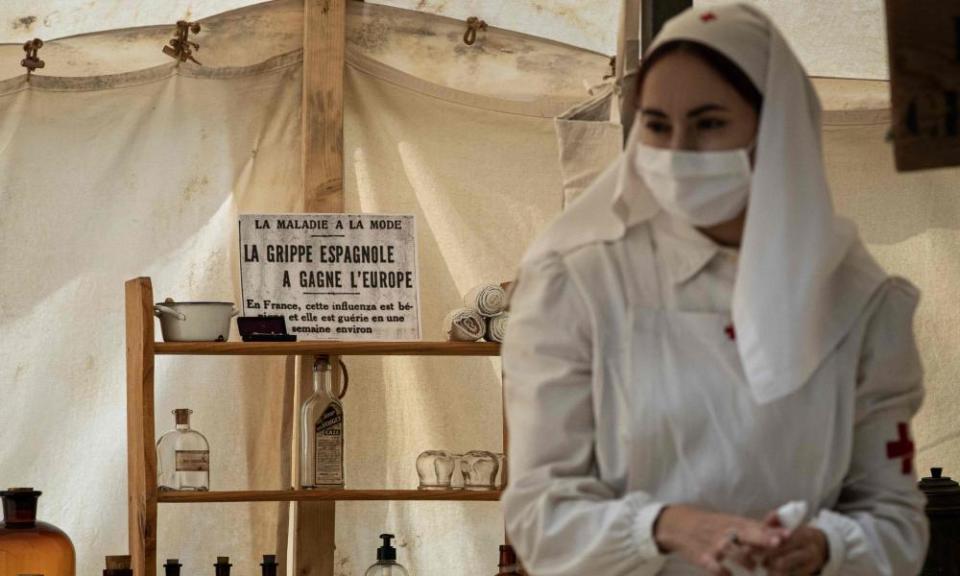Deadly impact of wet winters on WWI and Spanish flu victims

A run of exceptionally wet winters led to more deaths during the first world war and amplified the impact of the Spanish flu, a study in Geohealth has revealed.
Analysis of sea salt from an ice-core in the Swiss-Italian Alps showed Europe experienced unusually strong influxes of cold, moist air from the North Atlantic between 1915 and 1919, bringing extreme levels of rainfall and chilly conditions.
This relentless period of miserable weather was a once in 100-year anomaly.
Alexander More, a climate scientist at Harvard University, and colleagues recorded huge spikes in chlorine and sodium (hallmarks of marine air) during the winters of 1914-15, 1915-16 and 1917-18.
In each case, mortality peaked during and immediately after these extreme weather events.
The correlation was especially strong for mid-1917 to mid-1918, encompassing the period from the third battle of Ypres (Passchendaele) to the first wave of Spanish flu.
Torrential rain provided the ideal moist conditions for the flu virus to thrive, while cold temperatures may have increased pneumococcal co-infections – experienced by more than one in five Spanish flu victims.
The wet weather also disrupted the migration pattern of the mallard duck (a primary reservoir of H1N1 avian influenza), leaving them stranded across Europe and increasing the chances of the virus leaping from birds to people.

